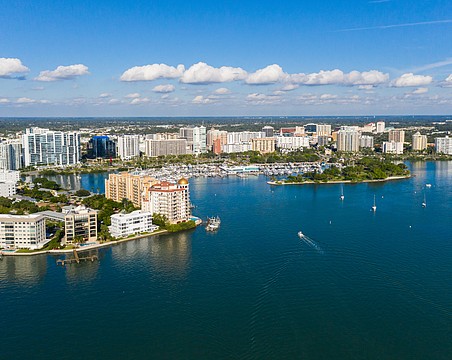It takes only a few seconds to make history new again.
Leaders around the world are talking up economic stimulus, channeling U.S. President Barack Obama, who in turn is channeling Franklin Delano Roosevelt.
Obama bases his confidence on an old story line with some appealing parallels to today:
A disastrously high stock market caused by excessive faith in the private sector generated an epic crash. A Republican, Herbert Hoover (George W. Bush), let us down. A new president, FDR (Obama), knew that action was imperative and understood the value in “bold persistent experimentation.”
FDR stimulated the Dow back up, and unemployment down, saving America and democracy. Massive wartime spending solidified the recovery in the 1940s, proving that when it comes to stimulus, more is better.
So, celebrating the $787 billion stimulus bill Obama signed yesterday depends on ramming through this version of history — and dismissing dissent. That is what Obama did at a news conference when he said those who criticize
FDR's New Deal are “fighting battles that I thought were resolved a pretty long time ago.”
In fact, this battle is far from resolved. Economists are arguing more now about the quality of the Roosevelt programs than they were a decade or two ago.
Consider key components of that old narrative.
The overpriced-stock-market argument is perhaps the oldest. Nobel Prize winner Edward Prescott suggests that it can do with review.
Repricing the '20s
Prescott and a colleague at the Minneapolis Fed, Ellen McGrattan, reevaluated stock data from the late 1920s in light of the productivity gains from events such as the Internet revolution. Rather than look at price-earnings ratios alone, they also considered share prices in relation to other measures of corporate well-being, such as the value of advertising and research and development.
They found that stocks in 1929 were, in fact, underpriced.
Nor did FDR's maneuvering cause a speedy bounce-back. The Dow waited until the mid 1950s to regain its 1929 peak. You can't imagine Obama suggesting that his New Deal would be successful if it got the Dow back to its autumn 2007 high in 2030.
What about FDR's Public Works Administration and his promise to put millions to work by the autumn of 1933?
With two or even three men in 10 unemployed during the early 1930s, FDR's spending was even more welcome than that of Obama and Congress today. Americans know the stories about how government jobs on the Civilian Conservation Corps and the PWA meant the difference between hunger and meals.
Roads and bridges
FDR's job results were, to put it politely, disturbing. Yes, there was an increase from the abominable lows of the early 1930s. Parks, roads, New York City's Triborough Bridge — many of these projects did, arguably, help our economy. But not always productively.
Bureau of Labor Statistics data show joblessness in the 1930s bumping around in the teens and moving back up toward 20% later that decade — years after the New Dealers first spoke of “bold, persistent experimentation.” These numbers include long-term public-sector jobs (tax collector, school teacher) but not the short-term or part-time jobs generated by the New Deal's alphabet agencies.
Some New Deal fans prefer to include even those make-work positions in their math. Even then, you find unemployment in the double digits most of the time.
Part of the reason was monetary — the Fed and Treasury were too tight. But there is evidence that government spending programs stimulated insufficiently and sometimes squeezed out the private sector.
Lighting the south
A case in point was utilities. A private company, Commonwealth & Southern, had plans and even capital to light up the South. Roosevelt supplanted it with the Tennessee Valley Authority. After repeated efforts at cooperation, the boss at Commonwealth & Southern, Wendell Willkie, sold parts of the company and went into politics to wage direct combat against the New Dealers.
Some argue that a huge increase in military spending — on the scale of what the U.S. did in World War II — ended the Great Depression and is the model for today. But Christina Romer, chairwoman of the Obama White House's Council of Economic Advisers, has suggested that monetary easing, and not wartime spending, took the country out of the Depression.
The inference from all this is that more pro-growth strategies, especially low taxes on business, less aggressive labor law and consistent regulation, would have brought recovery sooner in the 1930s, and would likewise do so today.
What about that pro-New Deal academic consensus to which the president refers? About 15 years ago, Robert Whaples of Wake Forest University put the following proposition to economic historians, some of them trained economists, others trained historians: “Taken as a whole, government policies of the New Deal served to lengthen and deepen the Great Depression.”
Three in four historians disagreed. Economists were split evenly. The consensus just wasn't there.
It's understandable to support the new stimulus. It is also likely that the spending will generate a boom, or at least a short-term boomlet. But the evidence on the long-term impact of stimulus is not solid. That reality begs consideration as we wonder what to expect next.
Amity Shlaes, author of “The Forgotten Man: A New History of the Great Depression,” is a Bloomberg News columnist.





